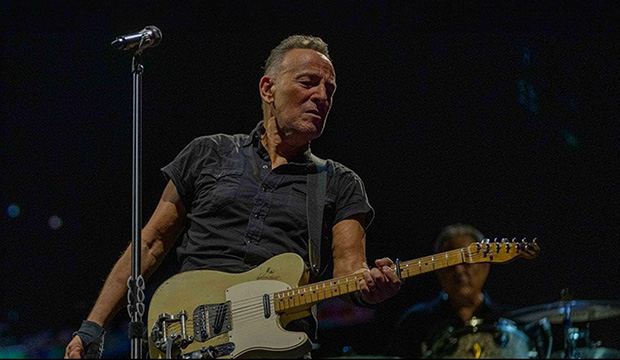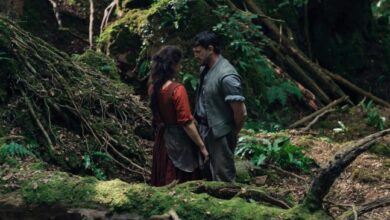Road Diary Review: Bruce Springsteen’s Poetic Return to the Stage

Road Diary: Bruce Springsteen and the E Street Band, directed by longtime collaborator Thom Zimny, is a moving, layered documentary capturing Springsteen’s return to touring life after a six-year hiatus. More than just a concert film, Road Diary is a portrait of an artist confronting time, memory, and mortality — all through music.
Released on Hulu, the film weaves together rehearsal footage, live performances, and intimate studio moments, presenting Springsteen not just as a performer, but as a philosopher of aging, loss, and joy. Zimny avoids a typical biographical format, opting instead for a more fluid, emotionally driven narrative that echoes the themes Springsteen explores in his setlist: the past, the pain of loss, and the value of living in the present.
“The show itself was a guiding force in the edit,” Zimny explains. “I didn’t come with a pitch. I took my cues from Bruce and the way he crafted his performances.”
Capturing the magnitude of a Springsteen concert — famous for its emotional intensity and three-hour runtime — within a 100-minute film is a tall order. But Road Diary succeeds by shifting focus to the audience experience. Zimny’s lens hones in on expressions in the crowd, the spontaneous energy shared between band and fans, and the visual poetry found in fleeting moments of connection.
A Documentary Built on Imperfection and Authenticity
One of the film’s strongest themes is the beauty of imperfection. Springsteen himself voices this philosophy during a rehearsal captured in the documentary:
“You want to be able to mess up during the show because it’s live. That’s what people are paying for.”
This openness to raw, unscripted energy becomes a core idea in both Springsteen’s performance style and Zimny’s filmmaking. Rather than polishing every detail, the documentary preserves the soul of the experience, including archival footage with its grainy textures and emotional weight.
Zimny avoids over-cleaning vintage clips, believing the imperfections lend emotional truth. “If I cleaned it up and took out the video textures,” he notes, “it would take away some of the soul.”
See More ...
- OM-5 Mark II Review: Affordable Mirrorless Camera for Creators on the Move
- F1: The Movie Review – Brad Pitt Races Through Nostalgia and High-Tech Drama
- The Materialists Movie Review: Love vs. Money in Celine Song’s Latest Hit
- Rose McIver on Directing Her First Episode of Ghosts and Embracing the Chaos Behind the Camera
- The Mortician Shocks Viewers with Chilling Finale Confession
See More :-
Cinematic Sound and Intimate Scope
In post-production, special attention is given to the film’s soundscape. Zimny’s team aimed to replicate the visceral power of a Springsteen concert — the feeling of bass in the chest and drums in the stomach. Every audio element was precisely balanced, with crowd noise and instrumentals mixed to picture, not layered casually.
This sonic intensity, combined with the personal visuals, gives the film a cinematic quality that transcends traditional music documentaries.
A Timely Reflection of Legacy and Life
At its heart, Road Diary is more than a behind-the-scenes look at a tour. It’s a document of an artist in evolution — one who no longer chases perfection, but celebrates presence. The film captures not only how Springsteen and the E Street Band perform, but how they live, remember, and connect with a world changed by time and distance.
For fans and newcomers alike, Road Diary offers an intimate, moving look at one of rock’s most enduring voices — still alive on stage, still wrestling with memory, and still throwing the biggest party he can.





I’d come to recognize with you one this subject.
Which is not something I typically do! I love reading a post that will make people think.
Also, thanks for allowing me to comment!